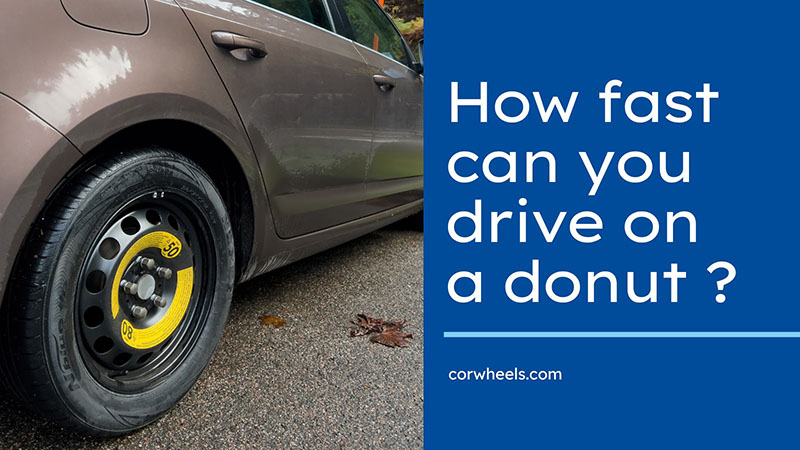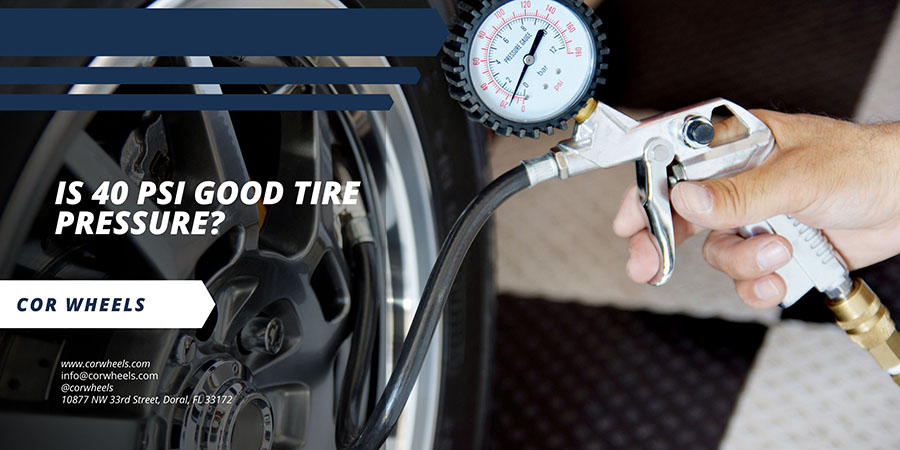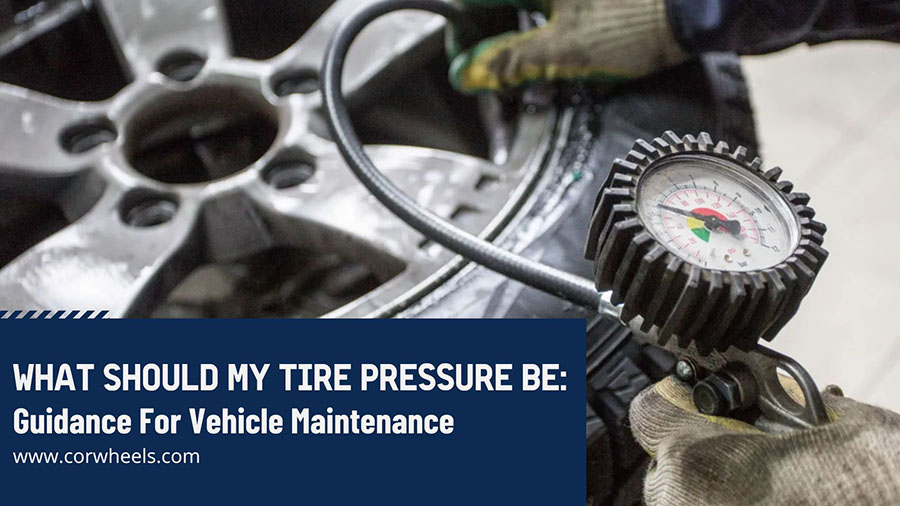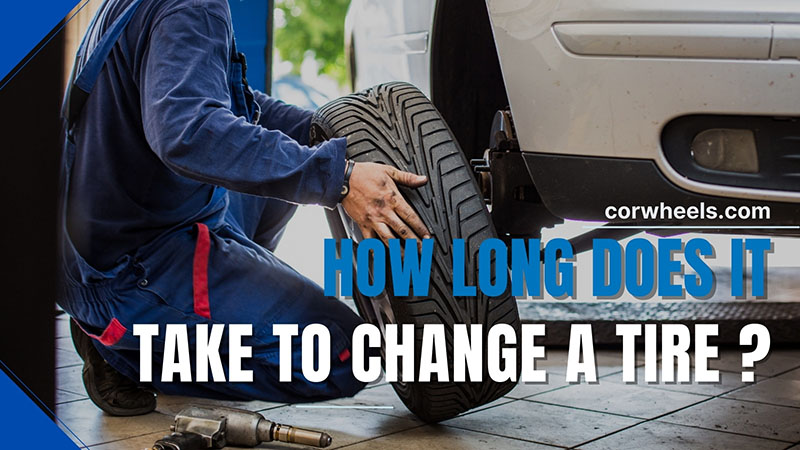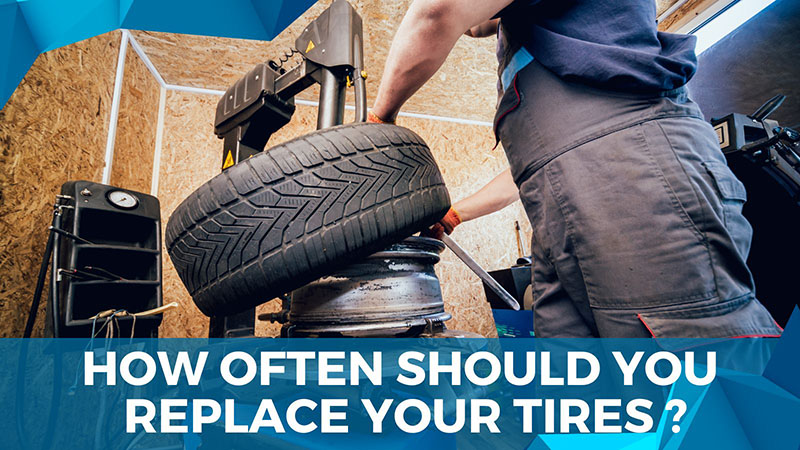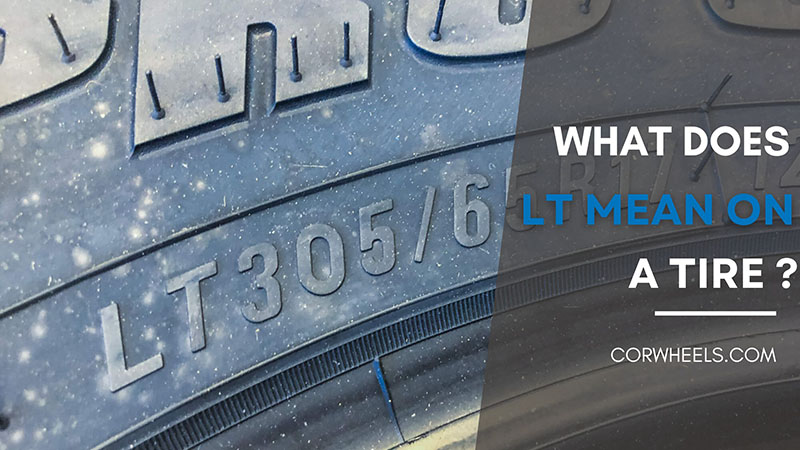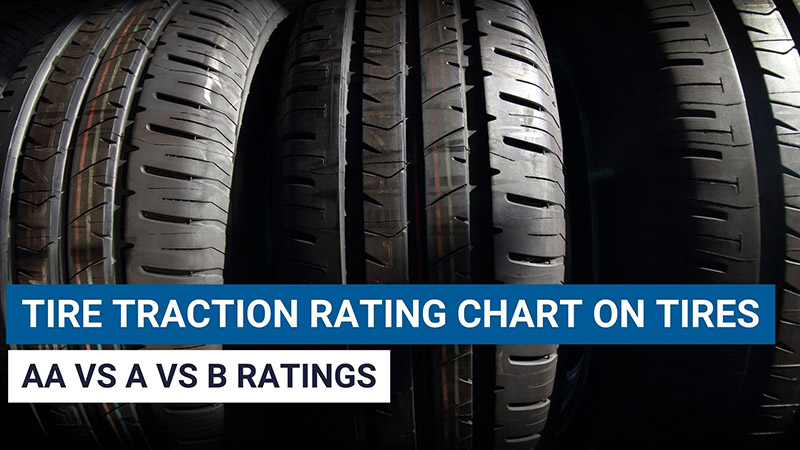Donut tires have recently been popular on the automobile marketplaces – lauded as a great, affordable solution whenever you need temporary tire replacements.
However, many show concerns over their performances: how fast and how long can you drive on a donut? Are there safety tips to note when driving your car on them?
No worries; our article will give you more insights into these matters.
In this article:
How Fast & How Long Can You Drive on Donut Spare Tires?
Though the rough estimation differs across brands, you should stay on the safe side by never exceeding 50 MPH and only driving within 50-70 miles. Only then can you ensure these temporary spares do not bring in road hazards!
Note that many factors are involved in deciding how fast you can go, such as car models, donut qualities, how their sizes are compared to the car’s rims, and so on. That’s why some options allow you to go super fast, while others will be put at risk at a mere 45 MPH or even lower.
Fortunately, you don’t always have to do all the guesswork; several tire manufacturers make it easier for customers by including relevant information on the recommended speed in their manuals/packaging. Check them out!
Otherwise, just stick to 50 MPH if your donut tires have no manuals or guidebooks.
On another note, as you could have already guessed, these temporary tires are not meant for long trips. Unless you want car crashes on the road, do not go over 70 miles!
What Exactly Will Happen If You Drive on Donuts Too Fast?
We just told you accidents are inevitable if your driving is too aggressive. But how exactly do they happen? These are the direct consequences of two severe issues below:
Tire Failure
Speeds exceeding the tire’s limits will break their internal compartments and lead to complete failure. And trust us, that’s much scarier than regular tire blowouts or punctures!
After all, spares are much smaller and lighter than normal wheels, with little to no extra safety features (ex: reinforced sidewalls, belt tires, etc.).
As a result, you will lose control of the car’s axle, facing greater risks of slipping on road surfaces. Minor accidents (like hitting a bump or snail) only require some repair charges, but imagine if you hit a truck or a van; what a disaster!
Damage to Other Parts in Your Car
Donuts are notorious for their subpar size, which is not similar to your existing car tires at all. Such a huge dimension mismatch results in widely different spin rates among the four tires, which might destroy the car’s suspension, differential, steering, and other compartments!
The faster you drive, the more wrecked they will become. Do not be shocked if your car stops running one day without warning!
Tips to Use Donuts For Long Drives
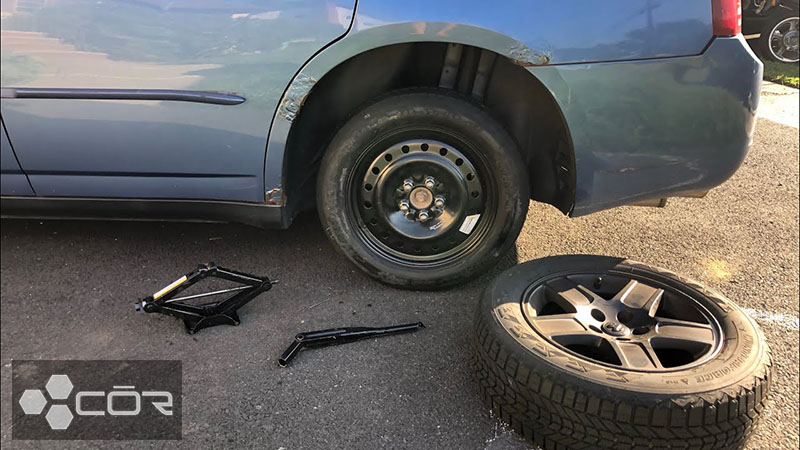
These safety tips are small (and might sound too common sense) but incredibly helpful. Write them down!
- Pay attention to your cornering, handling, and braking. The sizes of donut tires are below the required dimensions for your cars, which means their installation will affect cornering/handling/braking abilities. Do all these tasks with more caution.
- Drive slower. Though most manuals state a speed limit, avoid reaching that number as much as possible. If you are not in a hurry, always drive slowly to prevent tire failures.
- Check the pressure frequently. Inspect the air pressure before and after every trip. The ideal tire pressure level for donuts is 60 PSI (pound per square inch).
- Disable the safety systems. Once the donuts are installed, your traction control and electronic stability system might malfunction – unable to interpret the difference between donuts and other tires.
Turn them off to keep further complications at bay, and only switch them back on once you have replaced the donuts with regular tires.
- Store them safely. Always ensure the donuts are stowed away properly. We suggest cargo or trunk areas in the car.
- Make them stay firm. Use your body weight to crank the nuts tight. The tires will remain on their spot and not slip off this way.
Donut vs. Full-Size Spare: Which One Should You Choose?
Full-size spare tires take a landslide victory here. Unlike donuts that are much smaller than your regular car wheels, full-sized options are almost similar to traditional tires in tread amount, pattern, and measurements.
Hence, they can withstand faster speeds and longer miles than donuts without breaking down (although they are still not meant for permanent usage at the end of the day).
FAQs
Can Donuts Blow Out?
Yes. Even standard tires can blow out, let alone donuts!
Should You Install Donuts At The Front or Rear?
A rule of thumb is to place them at the back. Most vehicles weigh more at the front, after all. Thus, by putting donuts at the rear, you will save these compact spares from excessive pressure.
Conclusion
How fast and how far can you drive on a donut? We hope our answers and analysis have satisfied your curious mind. Only use donuts for very short distances below the maximum speed (usually 50 MPH), and replace them with regular ones as soon as possible!

